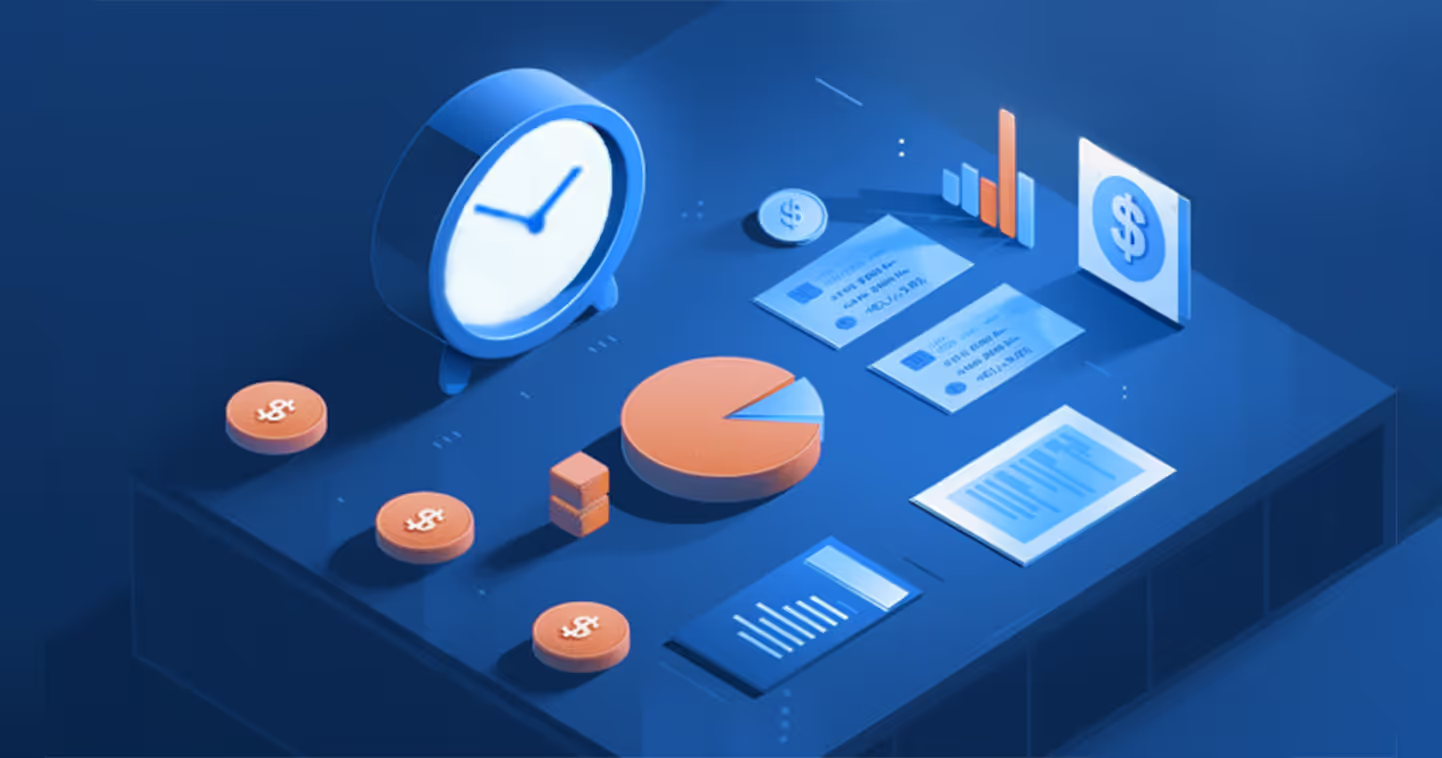Considerations While Pricing Your SaaS Product

Not many things impact your profitability as much as your pricing.
In the world of Software as a Service (SaaS), factors like how easy a product is to use, its ability to handle data, and whether it works well with other tools are key considerations for customers. But, when it all comes down to it, the price of the service often ends up being the deciding factor in their choice.
Defining the pricing strategy for your SaaS company is a critical step. Let’s be honest, pricing decisions need more than management intuition.
Achieving the optimal price point can yield substantial benefits, as it has the potential to greatly enhance profits.
A study by the Harvard Business Review states that a mere 1% improvement in pricing can lead to a profit increase of 11.1%.
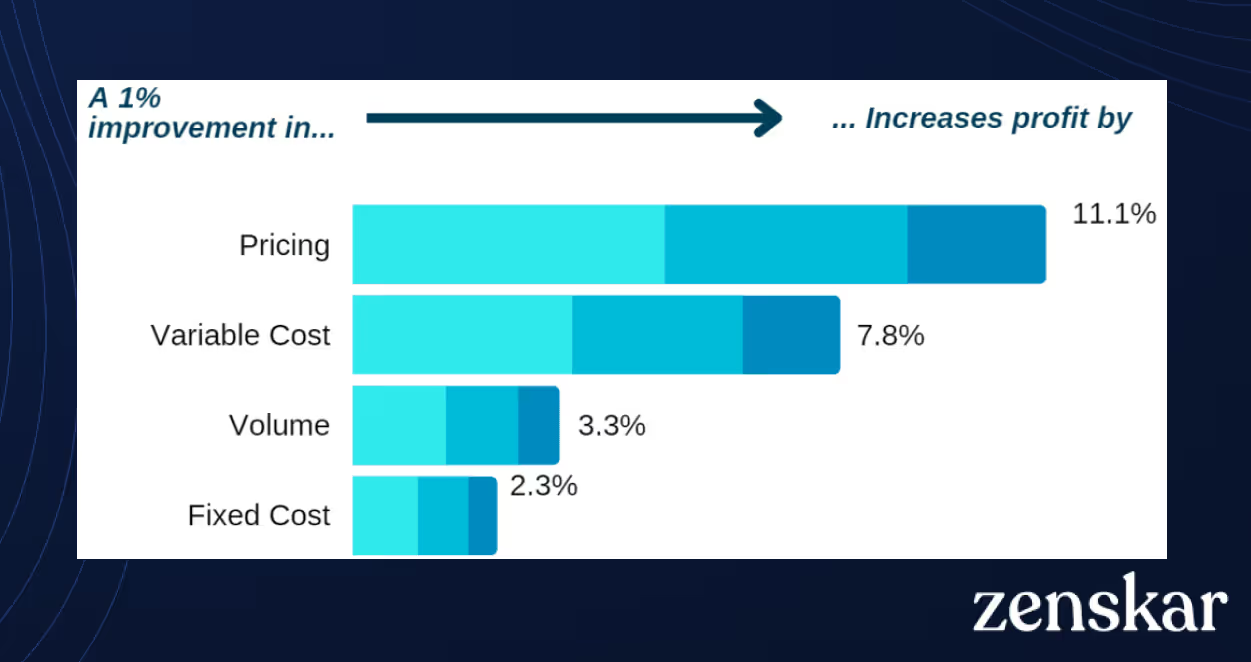
Moreover, companies with significant pricing power often reassess their pricing strategy every quarter.
Having said that, most companies invest way too little time and effort in determining a pricing structure. Surprisingly, the average SaaS company spends all of six hours deciding its pricing strategy.
Considering how there are an overwhelming number of SaaS pricing models and strategies to compare, it's hard to know where to start. In this blog post, we are breaking down the three critical components that you need to consider while pricing your SaaS product:
- Arriving at the ‘right price’
- Incorporating the pricing strategy into your SaaS business model
- Methods to evaluate whether the current pricing strategy is working or not
Determining your value proposition: The foundation for setting the right price
Taking a value-based approach to setting the price for your SaaS company is rewarding in more ways than one. Primarily because value-based pricing is all about how the customer perceives the product or services that you offer—whether it’s core functionality, ease of use, or the quality of your SaaS application development. This approach creates a mutually beneficial scenario where customers willingly pay for the value they receive.
This requires a deep understanding of customer needs, pain points, and the
unique value proposition offered by the SaaS solution. By aligning pricing with the value delivered, businesses can capture a fair share of the value they provide to customers.
You can’t go wrong with that.
Blair Enns, the author of ‘The Win Without Pitching Manifesto’ and ‘Pricing Creativity: A Guide to Profit Beyond the Billable Hour’, explains this well on this podcast.
“The goal of value-based pricing isn’t really to charge more. The goal of value based pricing is to create an organization or a business or a personal habit if you’re a solopreneur, of being intently focused on the client and what the client wants, her desired future state and how you can help her.”
- Blair Enns, Win Without Pitching
The catch here is finding out how much each of your customers is willing to pay for your product or service. Let’s understand this better with an example.
Consider a software company providing Customer Relationship Management (CRM) solutions. For small businesses, the value proposition lies in contact management and basic sales pipeline tracking features. However, for enterprise clients in regulated industries like finance, the added value comes from compliance functionalities, advanced analytics, and integration capabilities with existing systems, which often require thorough system integration testing. By offering a premium package priced at 2-3 times the standard plan, the company can capitalize on the higher value perceived by enterprise customers while the incremental cost remains relatively low.

By aligning pricing with crucial metrics that resonate with your customers, you can maximize value capture. That’s not all. When pricing based on value is done right, you can also overcome cost and competition constraints. Pricing based on value allows businesses to emphasize the unique benefits and advantages of their offerings, thereby justifying higher prices even in competitive markets. Moreover, by focusing on value, businesses can differentiate themselves from competitors who may solely compete on price, enabling them to maintain profitability while offering superior products or services.
The important first step you need to take is to determine the various ways in which customers derive value from your SaaS product or service. You then need to segment your customers based on the value they receive. This will help you arrive at different pricing plans.
For instance, Slack's tiered pricing strategy caters to diverse customer segments, offering varying features and capabilities tailored to different needs. Higher tiers target enterprises requiring advanced integrations and administrative controls, aligning pricing with perceived benefits.

Implementing pricing strategies: Customization and segmentation
Ensuring your pricing strategy aligns with your business objectives demands a deep understanding of your target market, the value proposition of your product, and the competitive market dynamics.
Along with determining customer value and identifying segments of customers based on the value they derive — while implementing pricing techniques, you also need to measure the value you provide against the next best alternatives on the market, assess the worth you provide, and identify pricing metrics that correlate with it.
Assuming your primary goal is to enhance user engagement, introducing a subscription-based pricing structure might be beneficial. For instance, a language learning app could offer monthly or yearly subscription plans with access to premium features and personalized learning paths, fostering long-term commitment and engagement among users.
On the contrary, if your focus is on establishing brand loyalty, a loyalty-based pricing approach could be effective. Take, for example, a coffee subscription service offering discounts and exclusive perks for loyal subscribers. This approach fosters ongoing loyalty and reinforces the relationship between the brand and its customer community.
Here are a few recommended steps to take while incorporating a pricing strategy into your SaaS business:
Pick a specific segment
For the earlier example of a CRM company, value-based pricing for a specific segment, such as small businesses or enterprise clients in regulated industries like finance, ensures clarity in pricing strategies tailored to distinct customer needs.
Compare with the next-best alternative
Identifying competitors' offerings allows you to gauge customer perceptions of value and set prices accordingly, considering factors like integration capabilities.
Understand the differentiated worth of the features you offer
For instance, in the example of the CRM company — for enterprise clients, compliance functionalities and advanced analytics may be key differentiators from standard CRM solutions. Recognizing these unique features and putting a price tag on the special features helps in setting value-based prices effectively.
Communicate pricing changes
Effectively communicating pricing revisions to your customer base is essential. It's imperative to be open about the adjustments and highlight the added value inherent in the new pricing paradigm. For instance, when Snowflake updated its pricing, it published a blog post on the rationale behind the adjustment, emphasizing the expanded benefits and service offerings available to subscribers.
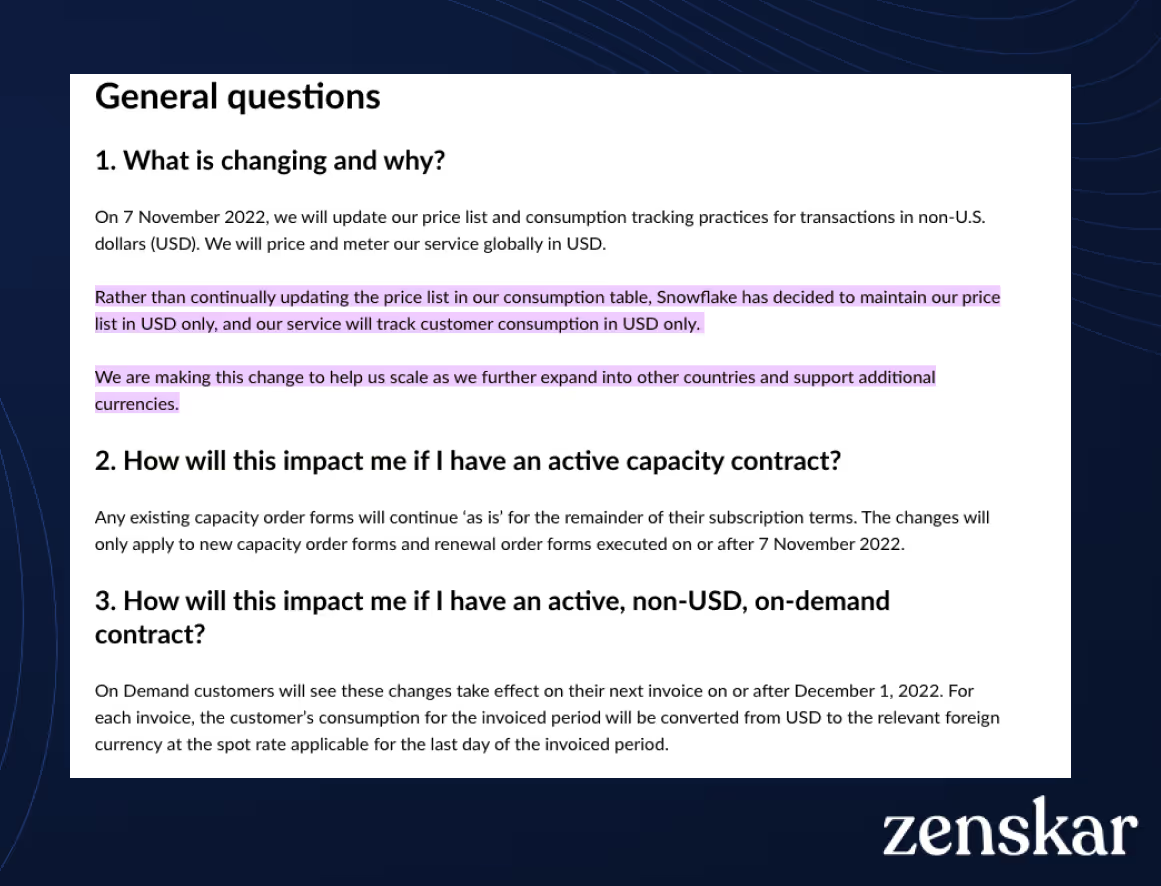
Be open to altering your pricing structure
Flexibility is paramount to ensuring that your SaaS pricing strategy remains adaptable to changing market trends and business needs. Furthermore, being willing to refine your pricing strategy as circumstances evolve is fundamental to sustaining growth and innovation. Embracing a culture of experimentation involves testing different pricing strategies, models, and tactics to identify what works best for the business and its customers.
Many companies, like Netflix, frequently conduct experiments on their pricing pages to enhance conversion rates. For instance, Netflix's A/B test discovered that a conventional table comparison layout (table A) outperformed self-contained tables (table B) in terms of effectiveness.
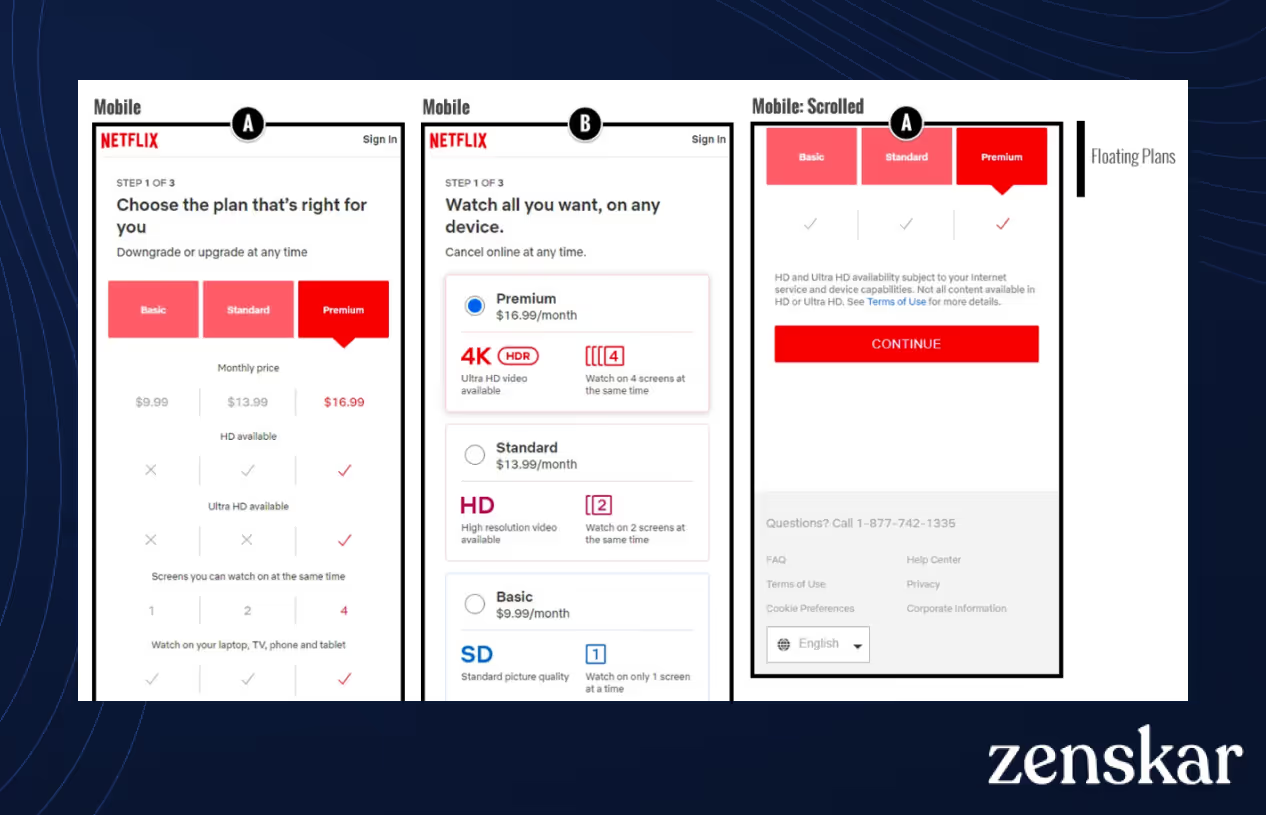
Create a customer feedback loop
Establishing a robust feedback loop enables businesses to gather insights, opinions, and suggestions directly from customers regarding their pricing strategies. By soliciting feedback through surveys, interviews, reviews, and customer support interactions, businesses can gain valuable insights into customer perceptions, preferences, and pain points related to pricing. This feedback can inform pricing decisions, product improvements, and customer communication strategies, ultimately enhancing overall customer satisfaction and loyalty.
Adhere to regulatory compliance and transparency
Ensuring compliance with relevant regulations, laws, and industry standards is important for maintaining trust and integrity in pricing practices. Businesses must adhere to legal requirements governing pricing, billing, data privacy, and consumer protection. Maintaining transparency in pricing communications, terms of service, and billing practices helps build credibility, mitigate risks, and foster positive relationships with customers and regulatory authorities.
Evaluating pricing strategies: Metrics and optimization
Continuous evaluation and optimization of your SaaS are integral to successful pricing. Evaluating the effectiveness of SaaS pricing strategies relies on monitoring vital metrics such as gross churn rate, net MRR churn, CLV:CAC ratio (Customer Lifetime Value to Customer Acquisition Cost), and average revenue growth per customer. For instance, if your MRR churn rate increases unexpectedly, it could indicate dissatisfaction with pricing or service offerings, prompting the need for quick corrective measures.
Here’s the thing — that shiny new feature that your SaaS company introduced can be easily copied by a competitor. Your customers? They are looking for the next best option, even as you are reading this. With all this in the backdrop, as your offerings and customers evolve, re-evaluating pricing continually is a key to thriving in the fast-paced SaaS marketplace.
So how often should you evaluate your pricing strategy?
This article by Insivia suggests:
- Making minor tweaks every three months to your pricing strategy — such as reducing your discounting thresholds.
- Going for a major pricing update every six months. This could include major value metric updates to raise or lower your price.
Dynamic pricing is another vital strategy for driving value through strategic price modifications. It involves adjusting prices in real-time based on factors like market demand, supply levels, competitor pricing, and customer behavior. By leveraging sophisticated data analytics, machine learning algorithms, and predictive modeling techniques, businesses can dynamically fine-tune their pricing to optimize revenue and profit margins. This agile pricing approach enables companies to capture value more efficiently and adapt quickly to market shifts. As you refine your SaaS pricing strategy, transparent communication with customers about any pricing adjustments is essential.
HubSpot’s pricing update, as seen below, was a pleasant surprise for us.
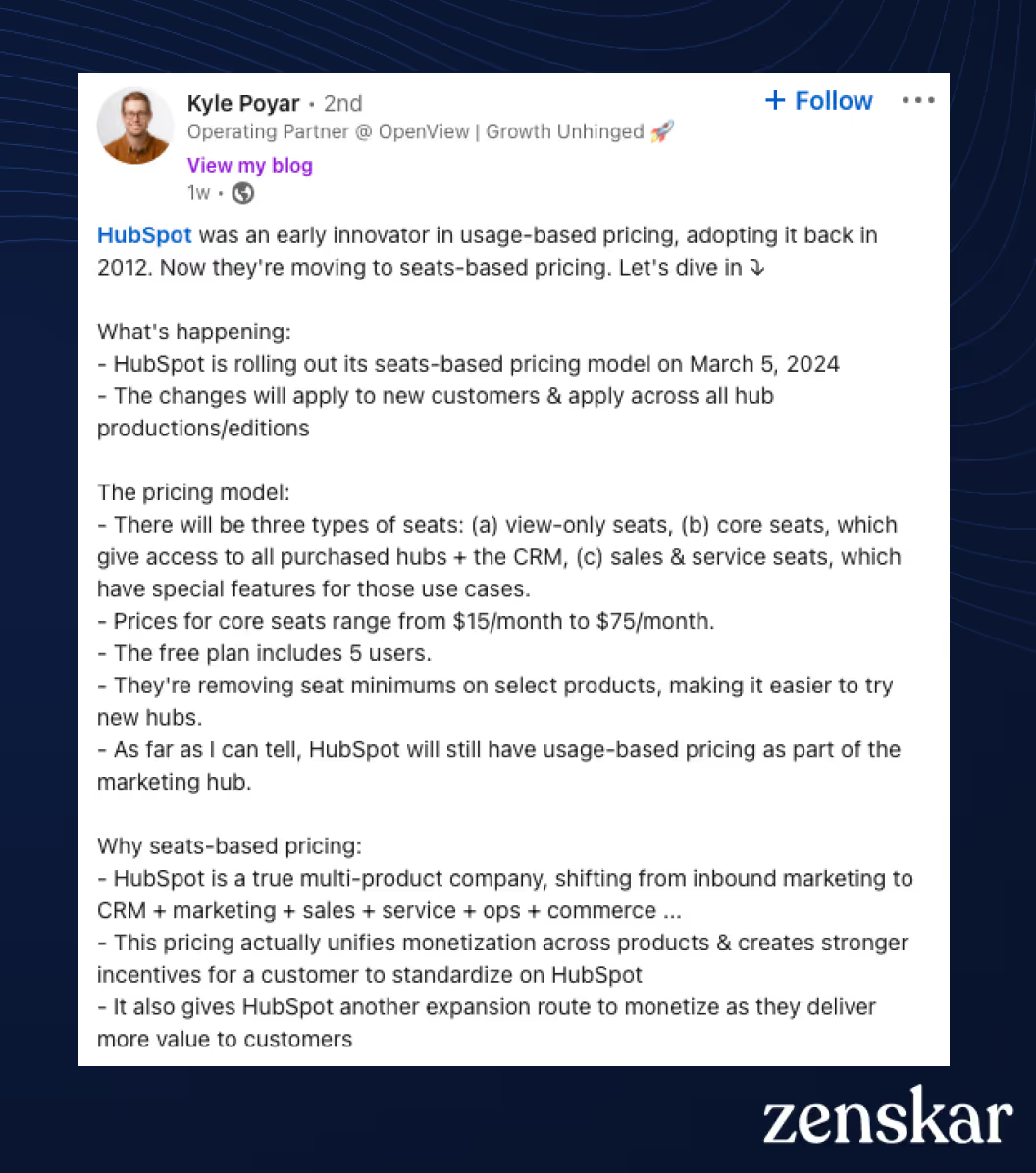
HubSpot's product-led growth sets notable benchmarks, particularly as they broaden their scope to cover sales, service, and CRM functionalities. Embracing seat-based pricing for CRM, usage-based pricing for marketing, and tiered pricing for diverse customer segments optimizes monetization and ensures a robust pricing mechanism overall.
Empowering SaaS success through strategic pricing
Pricing your SaaS product is a multi-faceted journey that requires a keen understanding of your customers and your product's value proposition. Whether you're re-evaluating your current pricing strategy or considering the merits of usage-based pricing, adopting a holistic approach is key.
At Zenskar, we recognize the importance of flexible pricing. We've built our platform with the most flexible billing architecture that effortlessly enables limitless flexibility in pricing models and natively handles usage data, eliminating the need for engineering efforts. Zenskar is empowering leading SaaS companies to optimize pricing models, seamlessly manage usage data, and automate billing processes. With Zenskar, companies can experiment with pricing strategies, adapt to market changes, gain real-time metrics visibility, and maximize revenue all while delivering unique value.
Book a demo today to revolutionize your pricing approach, drive growth, and foster innovation for your SaaS business.
Switch to zero-touch FinOps with Zenskar
Vertice closed books 70% faster with Zenskar
We launched our product 4 months faster by switching to Zenskar instead of building an in-house billing and RevRec system.

Frequently asked questions
Pricing directly drives profitability—a 1% price improvement can boost profits 11.1% . It captures customer-perceived value, overcomes cost/competition constraints, enables segmentation (e.g., Slack's tiers for SMBs vs enterprises), and requires quarterly reassessment as features commoditize. Poor pricing leaves money on the table; optimal pricing sustains growth in competitive markets.
- Value-based foundation: Identify customer value segments (e.g., CRM basic vs enterprise compliance) and price 2-3x higher for premium .
- Competitive benchmarking: Compare vs next-best alternatives, highlighting differentiators.
- Flexible models: Tiered, usage-based, loyalty (e.g., Netflix A/B tests), dynamic pricing.
- Experiment & iterate: Quarterly tweaks, semi-annual overhauls, customer feedback loops.
- Communicate transparently: Explain changes with added value (e.g., Snowflake, HubSpot).
Key metrics: MRR churn, CLV:CAC, revenue growth per customer. Zenskar enables no-code pricing experiments.














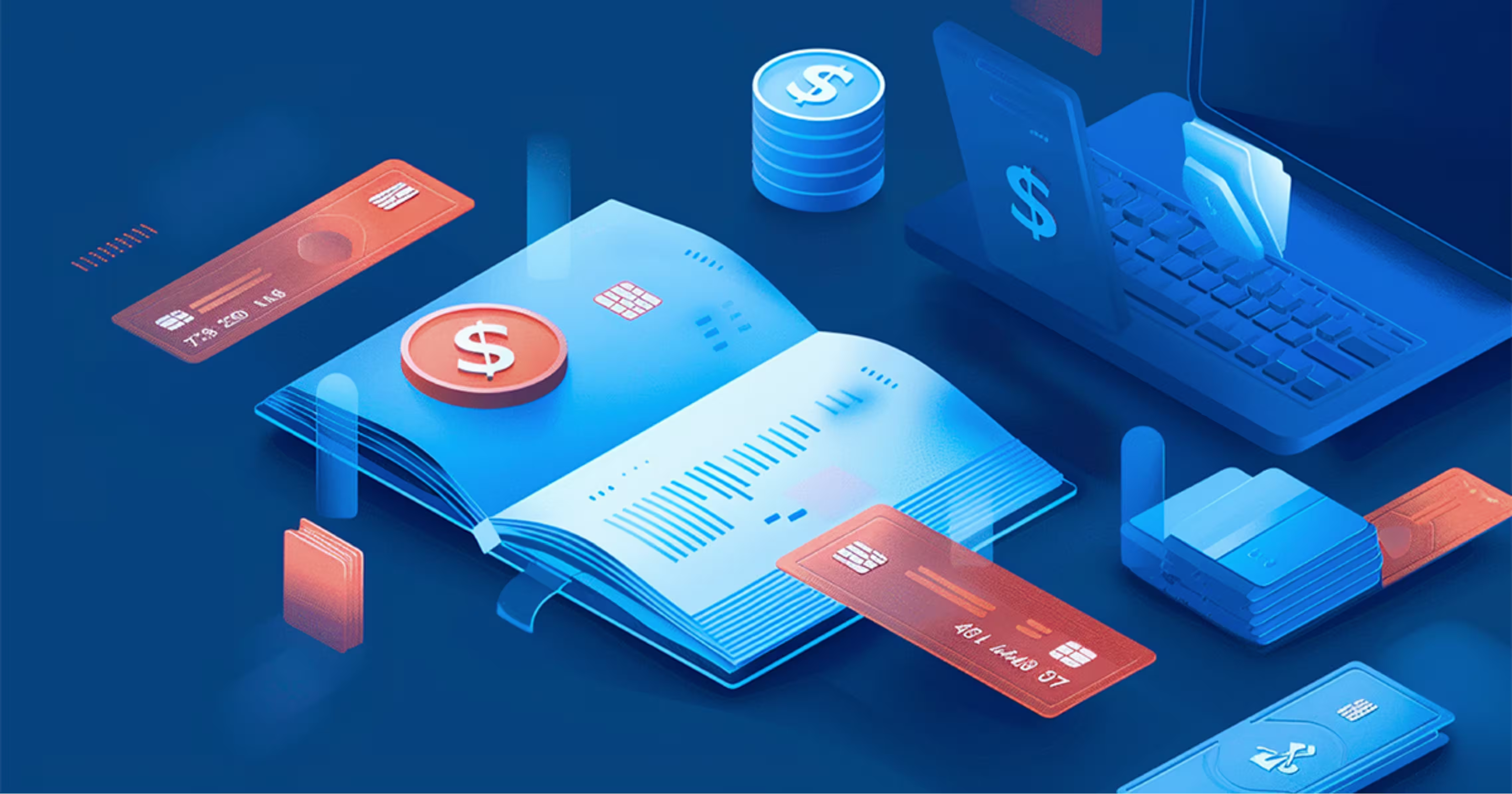

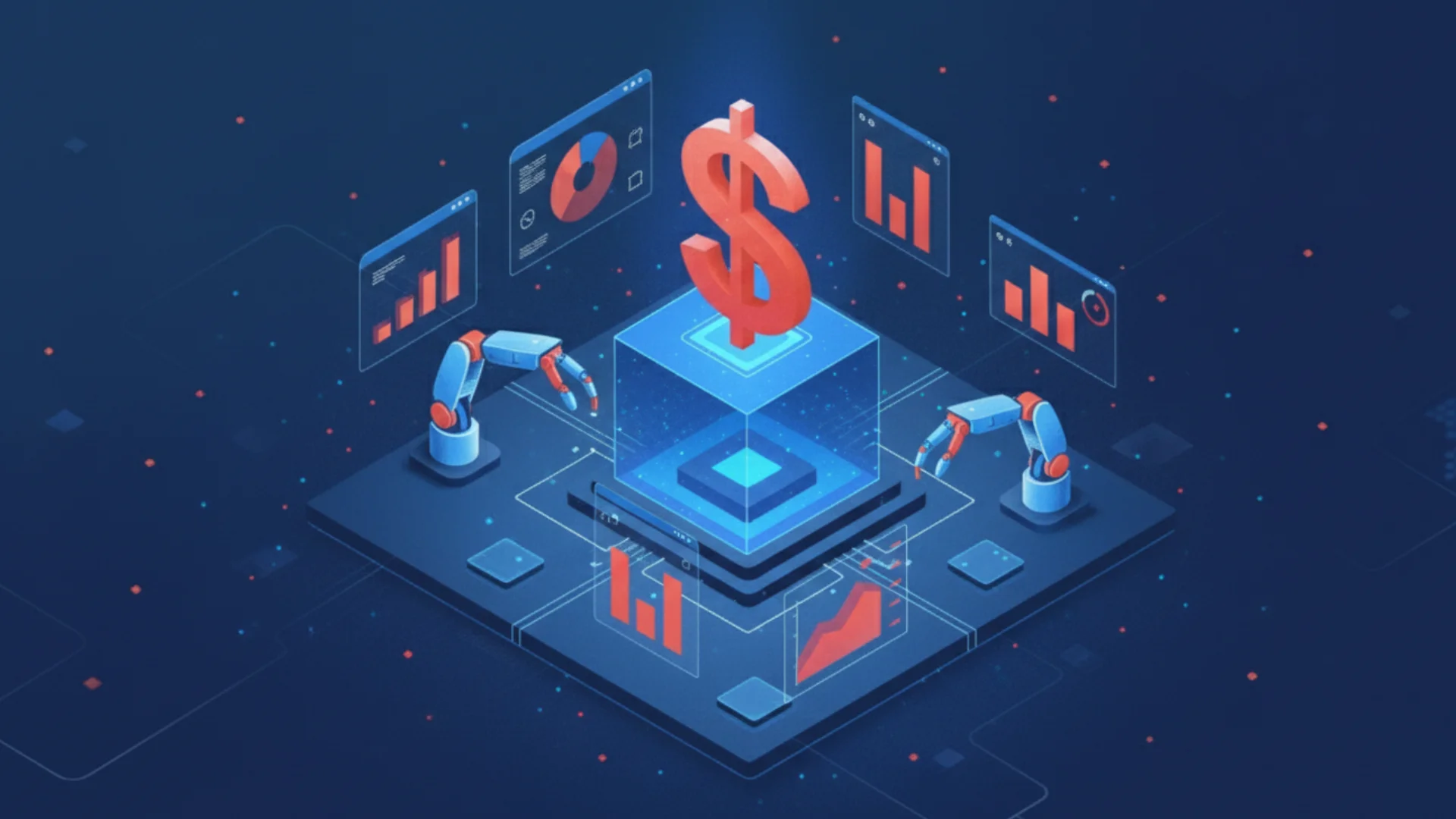

%20be%20truly%20invisible_.webp)

